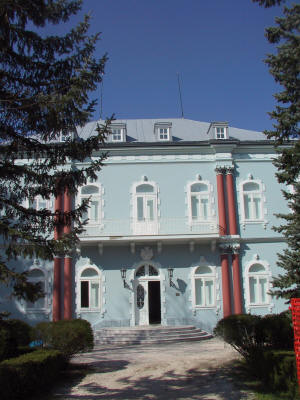
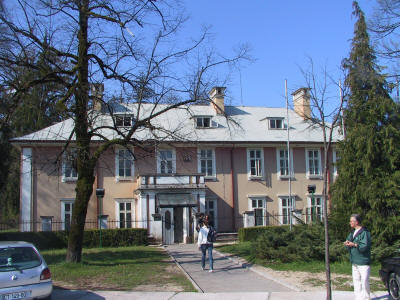
|
Impressions |
April 2007 |
Cetinje, the old capital of Montenegro. The country became independent 1878 after the Congress of Berlin. King Nikolas I. married his daughters to several European courts, he was called the "father in law of Europe".
 |
 |
| The blue castle | The British embassy |
The attractions of the city are, besides the royal castle, the former embassies.
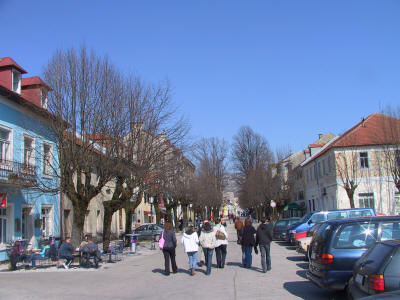 |
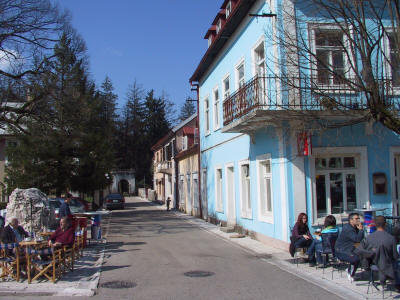 |
| Njegoš street |
After the capitulation on January 15, 1916 Cetinje lost the status as a capital. After the world war, Montenegro became a part of Yugoslavia.
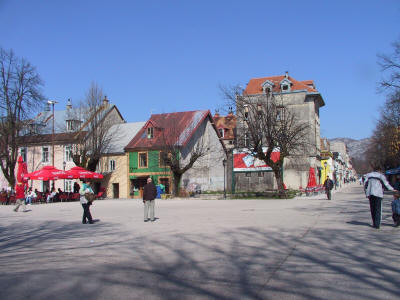 |
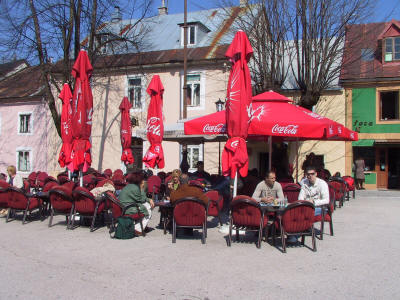 |
|
King Nikola place is the city center. The coffee shops find clients even in the morning. |
|
Today the city has 15 000 inhabitants and is as far away as in the Turkish times. The Turks did not bother very often to climb up in the mountains to come here. The current president is located in Podgorica but has a residence in Cetinje. Also the ambassadors are accredited here.
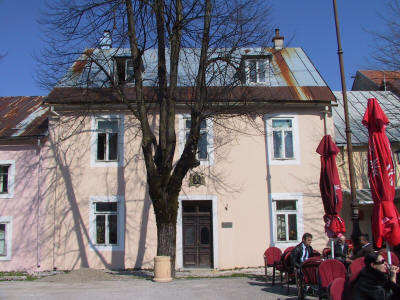 |
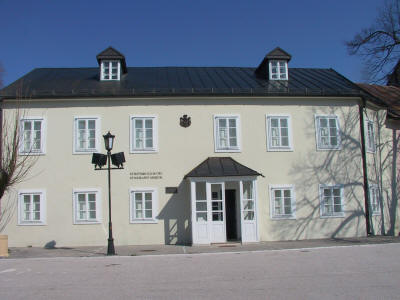 |
|
The Belgian embassy |
The Serbian embassy |
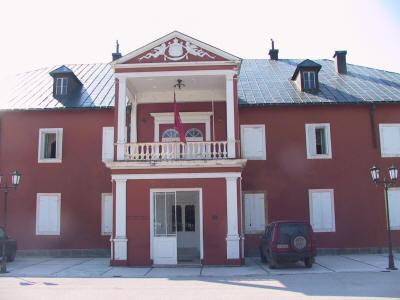 |
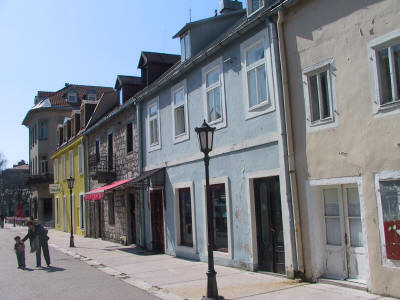 |
| The royal residence |
The princesses have rarely been in Cetinje because they have been educated in St. Petersburg. The have been very tall like most of the Montenegrinians, this is why they have been painted in a seating position when pictured with their husbands.
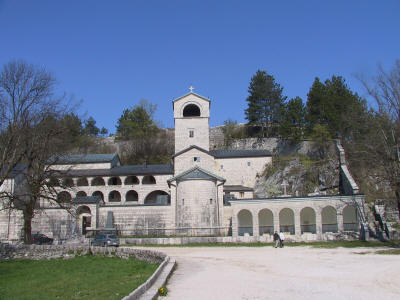 |
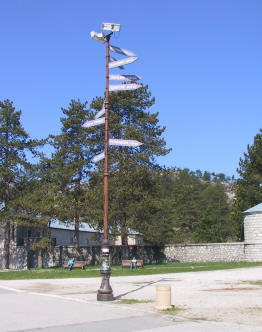 |
|
Pointer with the distances to other capitals |
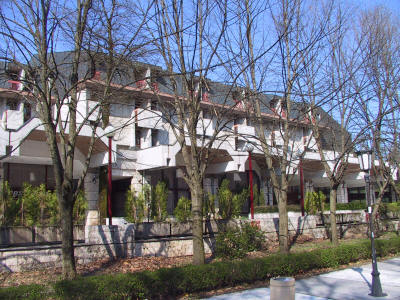 |
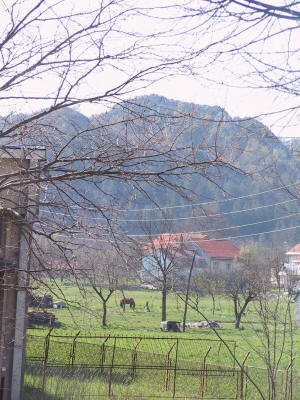 |
| The Grand Hotel with its 420 beds has sufficient capacity for the visitors. Situated at the border of the park, you have a good view into the suburbs. | |
Vuk Karadžić, the Serbian writer, got into trouble in Montenegro for its saying, the Senate building has two entrances: one for the senators and one for the cattle ...